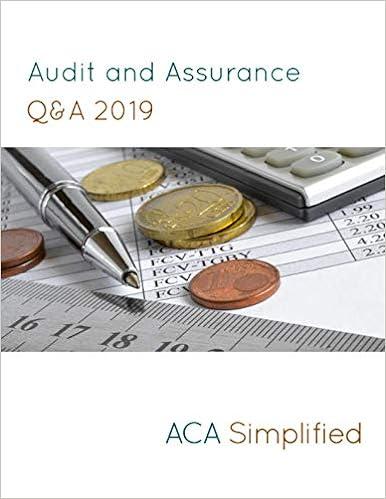Question
Sundar Wedding Fantasy Company makes very elaborate wedding cakes to order. The owner of the company has provided the following data concerning the activity rates
Sundar Wedding Fantasy Company makes very elaborate wedding cakes to order. The owner of the company has provided the following data concerning the activity rates in its activity-based costing system:
| Activity cost pools | Activity rate | per |
| size related | $1.16 | guest |
| complexity related | $33.47 | tier |
| order related | $65.95 | order |
The measure of activity for the size-related activity cost pool is the number of planned guests at the wedding reception. The greater the number of guests, the larger the cake. The measure of complexity is the number of tiers in the cake. The activity measure for the order-related cost pool is the number of orders. (Each wedding involves one order.) The activity rates include the costs of raw ingredients such as flour, sugar, eggs, and shortening. The activity rates do not include the costs of purchased decorations such as miniature statues and wedding bells, which are accounted for separately. Data concerning two recent orders appear below:
| Patel Family Wedding | Singh Family Wedding | |
| number of reception guests | 45 | 183 |
| number of tiers on the cake | 4 | 5 |
| cost of purchased decorations for cake | $19.65 | $61.84 |
----------------------------------------------------------------------
1. Assuming that all of the costs listed above are avoidable costs in the event that an order is turned down, what amount would the company have to charge for the Patel wedding cake to just break even?
$19.65
$271.68
$328.73
$65.95
-----------------------
2. Assuming that the company charges $613.98 for the Singh wedding cake, what would be the overall margin on the order?
$507.42
$172.51
$168.40
$106.56
------------------------
3. Suppose that the company decides that the present activity-based costing system is too complex and that all costs (except for the costs of purchased decorations) should be allocated on the basis of the number of guests. In that event, what would you expect to happen to the costs of cakes?
The cost of cakes for receptions with fewer than the average number of guests would go down.
The cost of cakes for receptions with more than the average number of guests would go down.
The costs of all cakes would go down.
The costs of all cakes would go up.
Step by Step Solution
There are 3 Steps involved in it
Step: 1

Get Instant Access to Expert-Tailored Solutions
See step-by-step solutions with expert insights and AI powered tools for academic success
Step: 2

Step: 3

Ace Your Homework with AI
Get the answers you need in no time with our AI-driven, step-by-step assistance
Get Started


